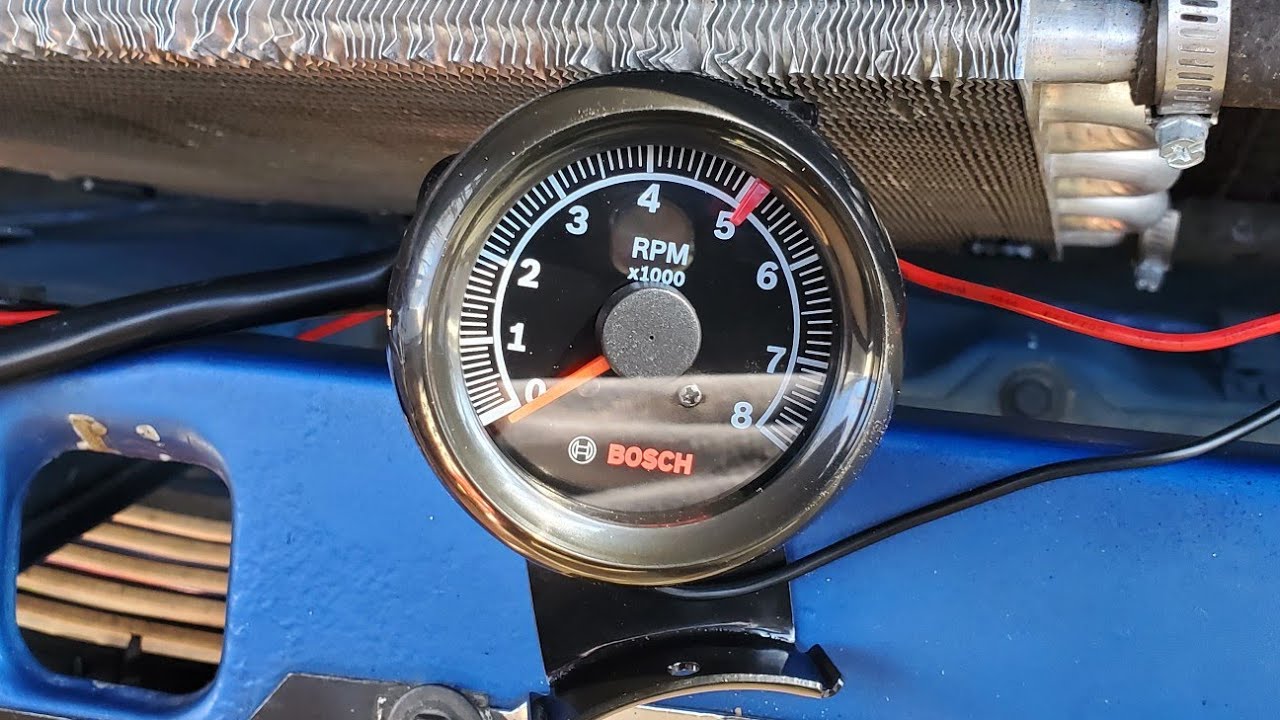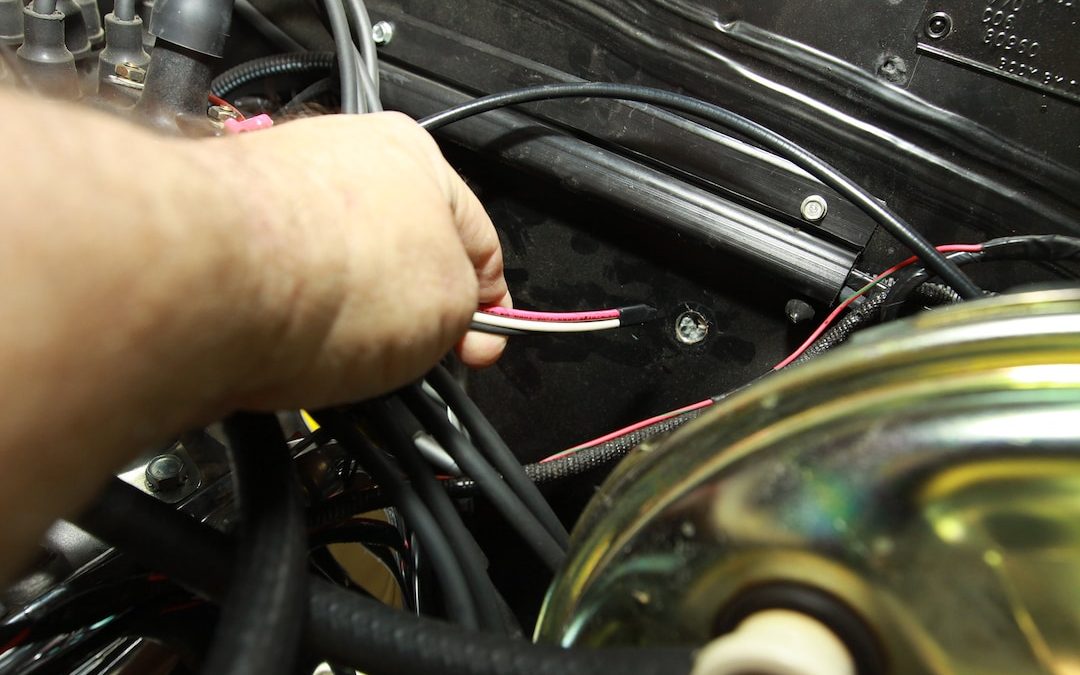Installing an aftermarket tachometer might seem like a daunting task, especially if you’re new to automotive DIY projects. However, with the right guidance and a bit of patience, you can successfully install a tachometer in your vehicle. In this article, we will walk you through the steps on how to install an aftermarket tachometer with approved technology and share some tremendous tips to make the process smoother.

Why Install an Aftermarket Tachometer?
Understanding the Purpose of a Tachometer
A tachometer measures the rotational speed of the engine’s crankshaft in revolutions per minute (RPM). This information is essential for monitoring the engine’s performance and ensuring it operates within safe limits. Upgrading to an aftermarket tachometer can provide more accurate readings, additional features, and better visuals compared to the factory-installed versions.
Benefits of Upgrading
Upgrading to an aftermarket tachometer brings several benefits:
- Increased accuracy and reliability
- Enhanced visual appeal with customizable designs
- Additional features such as shift lights and memory recall
- Improved engine performance monitoring
Tools and Materials Needed
Essential Tools
Before you start, gather the necessary tools:
- Screwdrivers (Phillips and flathead)
- Wire strippers and crimpers
- Electrical tape
- Multimeter
- Drill with appropriate bits
Materials Required
You will also need the following materials:
- Aftermarket tachometer kit
- Wiring harness
- Mounting bracket
- Connectors and terminals
- Zip ties
Step-by-Step Installation Guide
Step 1: Preparation
Firstly, select a suitable location for your tachometer. It should be easily visible while driving but not obstructive. Disconnect the vehicle’s battery to ensure safety during the installation process.
Step 2: Mounting the Tachometer
Use the provided bracket to mount the tachometer on your chosen location. Drill holes if necessary and secure the bracket with screws. Ensure the mount is stable and does not vibrate during driving.
Step 3: Connecting the Wires
Refer to the tachometer’s wiring diagram and connect the wires accordingly:
- Red Wire – Connect to a switched 12V power source
- Black Wire – Connect to a good ground
- Green Wire – Connect to the negative side of the ignition coil
- White Wire – Connect to the dashboard lighting circuit
Use wire strippers to remove insulation, crimp connectors to the wire ends, and secure connections with electrical tape. Ensure all connections are tight and insulated to prevent short circuits.
Step 4: Testing the Tachometer
Reconnect the vehicle’s battery and start the engine. Observe the tachometer to ensure it functions correctly. Verify the readings with a multimeter to confirm accuracy. If adjustments are needed, refer to the tachometer’s manual for calibration instructions.
Step 5: Securing the Wires
Once the tachometer works correctly, secure the wires using zip ties and route them away from moving parts and heat sources. Tidy up the wiring for a clean installation.
Troubleshooting Common Issues
Tachometer Not Working
If the tachometer does not work, recheck all connections to ensure they are secure and correct. Verify the grounding and power sources. Consult the user manual for additional troubleshooting steps.
Inaccurate Readings
If the tachometer displays incorrect RPM values, check the connection to the ignition coil and ensure it is properly calibrated. The user manual provides specific calibration steps for accuracy.
Maintenance Tips
Regular Inspections
Periodically inspect the tachometer and its wiring to ensure everything remains secure and functional. Look for signs of wear, such as frayed wires or loose connections, and address them promptly.
Cleaning
Keep the tachometer clean by wiping it with a soft cloth. Avoid using harsh chemicals that could damage the display or housing.
FAQs
Can I install the tachometer myself?
Yes, with the right tools and instructions, you can install an aftermarket tachometer yourself. Follow the steps in this guide for a successful installation.
What if my car does not have a tachometer installed?
Most vehicles can accommodate an aftermarket tachometer. Identify the ignition coil and follow the installation instructions to connect the tachometer correctly.
Do aftermarket tachometers affect vehicle performance?
Aftermarket tachometers do not affect vehicle performance. They provide more accurate engine RPM readings, helping you monitor engine performance better.
For more information on tachometers, you can visit this link.

Further Reading
For more insights on automotive DIY projects, check out these high-speed paint inspections, advanced stroboscopic event detection, and genetic analysis monitoring.
